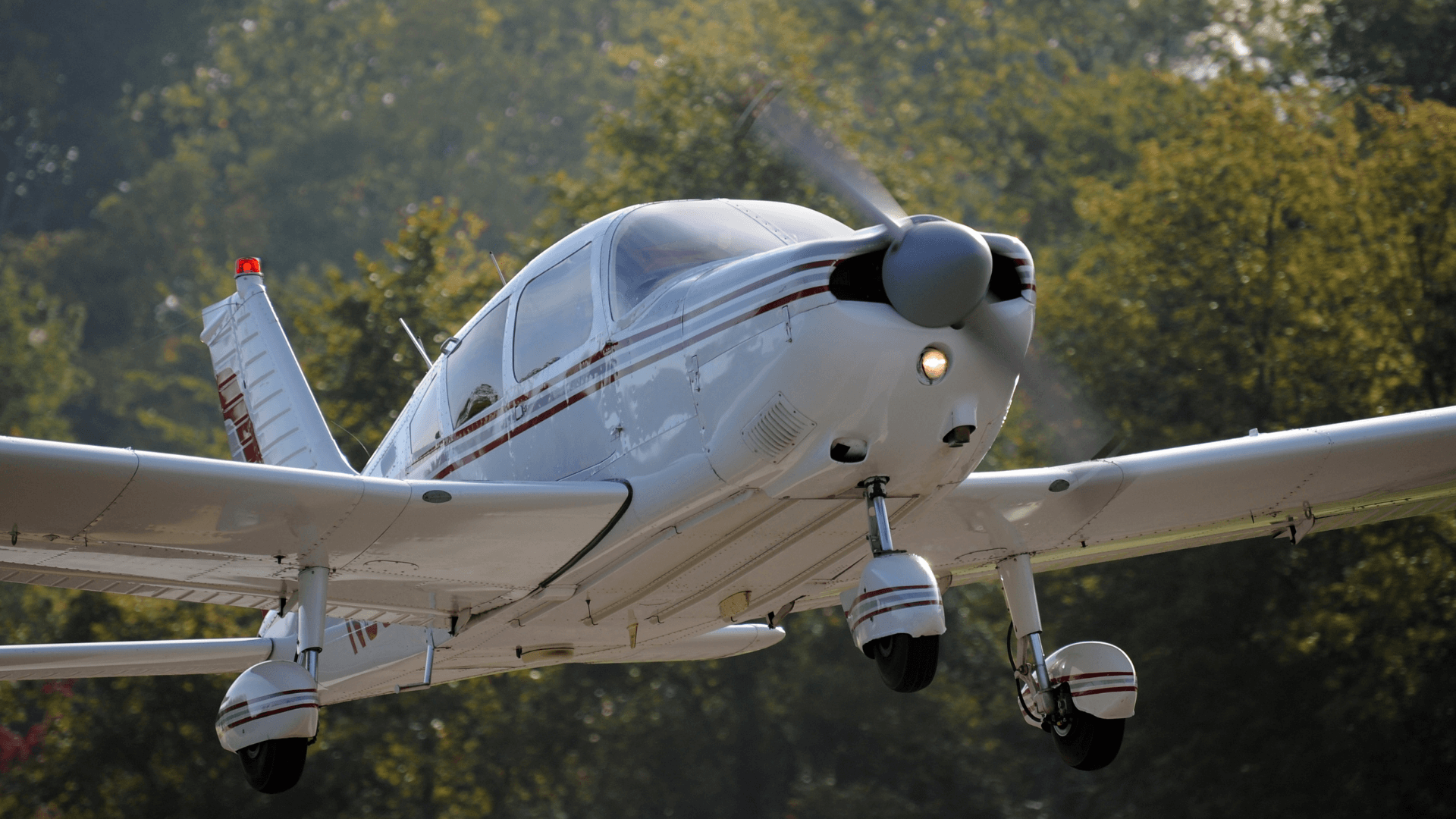
Aviate - Navigate - Communicate… and in that order! Why? As a pilot, you will at times find yourself having to prioritize tasks in the flight deck. Seasoned aviators know that task saturation can happen and like anything in aviation, it's always good to have a plan. You will learn from day one of your pilot training that aviation and procedures go hand in hand. Think of these words as another procedure. Your flight training will challenge you in ways you may have never been challenged before. Whether you are a student pilot, private pilot, or commercial pilot, this saying WILL help you safely complete your mission.
Aviate
This simply means fly the airplane. Depending on the aircraft you are flying there aren’t many emergencies or situations that require you to do anything else other than maintaining control of the aircraft before dealing with the emergency. Even some of the most critical emergencies such as an engine failure first require you to maintain positive control of the aircraft before running a checklist. Letting ATC know about your engine failure won’t do you any good if you’ve entered a spin while talking to ATC.
Remember the miracle on the Hudson when Sully landed his severely crippled Airbus in the Hudson river? The first thing he did was fly the plane by maintaining positive control and looking for a place to land. This saved valuable time which was needed to safely maneuver the aircraft to the best forced landing site.
It doesn’t matter if you are flying a two crew or single-pilot aircraft the rule is the same. In a two-crew situation, both pilots should ensure the aircraft is under control before doing anything else. Then, and only then would one pilot devote their attention to other tasks such as troubleshooting and communicating with ATC. The pilot flying will continue to prioritize the “aviate” part of the equation. If the aircraft only has one pilot, the stress and danger level will rise since all of the responsibility rests on that person. If you always come back to “fly the airplane first” you won’t go wrong.
Don’t ever stop flying the aircraft; and if there are two pilots, clearly establish who is responsible for flying the aircraft.
Navigate
Now that you are in full control of the aircraft you need to ensure you continue to navigate. This might be as simple as flying in the direction you were intending to go, or as difficult as navigating to a forced landing site. Maybe navigating includes avoiding obstacles or airspace. When dealing with an emergency you will be afforded some latitude when it comes to busting airspace, however, if busting that airspace results in a new hazard it only increases the danger. Obviously, in a VFR situation, this task is much easier than an IFR scenario. During your flight training, ensure you don’t ever lose sight of the navigation piece. Especially when practicing maneuvers and emergencies Solo. As a private pilot, you will likely be flying a single pilot aircraft, so again, it all falls on you!
Think of navigation as situational awareness. Don't become so distracted or zoned in on other tasks that you lose focus on the big picture.
Communicate
The final piece of the puzzle is communication. Imagine yourself departing from a busy airport and the tower controller gives you a frequency to contact after departure. When would you make this frequency change? As tempting as it may be to switch immediately after the wheels leave the ground don’t do it! Wait until you are established in a positive rate of climb at a safe speed. Also, wait until you have begun the initial part of your navigation. This could be as simple as making the turn to the crosswind leg. Or maybe it’s continuing straight ahead. At the end of the day, especially in a typical small general aviation aircraft, by the time you reach 500 feet AGL, you will be well positioned to change frequencies and communicate with the new controller.
Another scenario would be an engine failure on departure. Some people would say you need to inform ATC right away so they can assist you. This is true, however, if you aren’t in control of your aircraft all ATC will do is add to your problems. As soon as you declare an emergency they will ask you a series of questions that are going to take your focus away from flying the aircraft. This will be very helpful if you are in a position to accept such assistance however, if you are not, then it only hinders your ability to manage the emergency. If there is a critical reason for notifying ATC of your situation you can always make a quick and concise call to inform them of your problem and tell them to standby.
One final note regarding communication. When you begin your pilot training and get your first exposure to communicating with ATC you will feel pressure to communicate first. Over time you will learn that waiting to communicate is ok and actually enhances flight safety. I should note that this needs to be within reason. Waiting too long to communicate can degrade safety and cause problems for ATC and other aircraft.
I like to think of it as inviting ATC to the party when you are ready, just don't host the party too late.
Flight Safety is Priority
We focused on Aviate - Navigate - Communicate, primarily as it relates to emergencies, but remember that this saying applies equally to normal operations. Your job as a pilot is to always put safety first. This simple yet very effective phrase will assist you in prioritizing tasks in the flight deck when things are calm or when you have the proverbial “helmet fire”. If you haven't started flight training you will quickly learn that these types of phrases can come in handy as you sort through the large variety of procedures and information you will need to absorb as you work toward your private pilot license. Establishing good habits early on can not only save you time and money but also your life.
Prepare yourself for successful pilot training by signing up for a Level Flight Ground School. All of our courses are designed and created by professional pilots with a variety of experience within the aviation industry. Reach out to us today by calling 403-483-2880 or filling out the online contact form.
FAQs
It’s dependent on which two ground schools you are comparing. There are a lot of great in-class ground schools available from reputable flight schools but there are also ones that have a revolving door of instructors and outdated PowerPoint slides. This can reduce the true effectiveness of the ground school course. By going online the delivery is more consistent, definitely flexible, and oftentimes higher quality. Choosing a company that invests a lot into creating a quality online ground school can be advantageous to you as a student pilot.
For the flight training exercise, you can try going for a flight with a different instructor. This doesn’t mean you have a bad instructor, just that you might need a fresh perspective. As for ground school, seek out an instructor or connect with other student pilots for some tips or tricks on the given topic. There are a lot of great resources online as well that can help explain concepts in different ways.
No, we specialize in online ground school and aviation e-learning. We deliver high-quality e-learning which allows you to learn where and when you want. Many flight schools don’t run ground school courses that fit into your life but would be a great school to train with. By separating your ground school and flight training provider you can find the flexibility you need.
Take Flight Now
Level Flight is Canada’s best online ground school. It is our mandate to provide higher quality, more engaging training for Canadian Student Pilots. If you are seeking the exhilarating freedom of flight for a hobby or with aspirations of a career in the skies, Level Flight offers the best ground school experience available. Sign up for our online learning platform now and discover the adventure that awaits you at Level Flight.
By submitting this form, you opt-in and give expressed consent to receiving SMS / text messages, calls, and emails from us for the purposes of communication related to your inquiry or related to the products and or services we provide.
